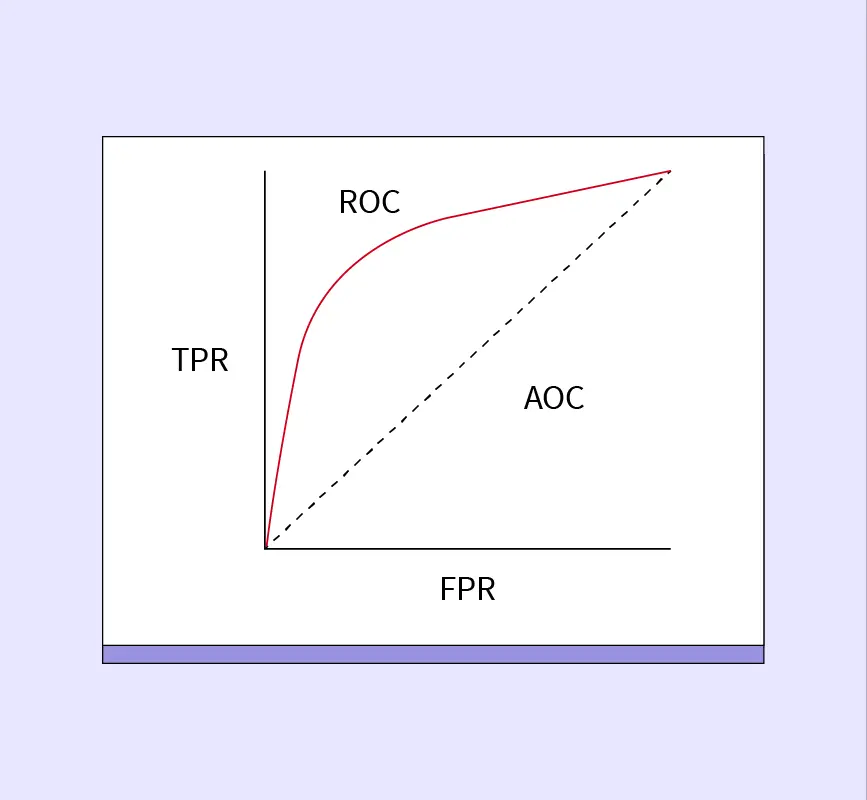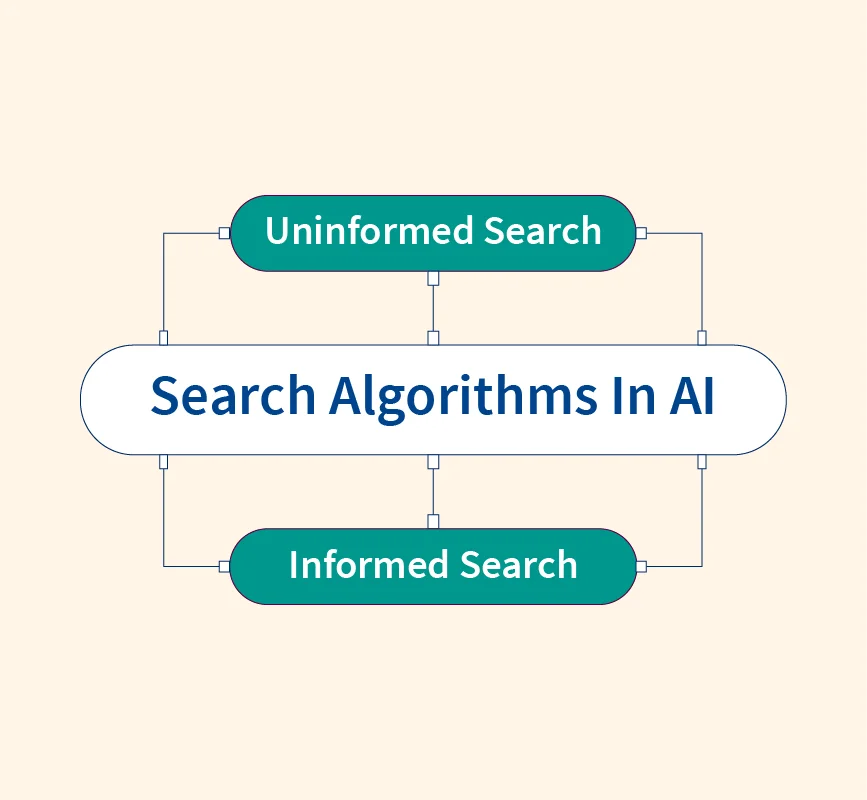In today’s data-driven business landscape, data analysts play a pivotal role in transforming raw data into actionable insights. These professionals are essential for helping organizations make informed decisions by analyzing trends, patterns, and metrics to uncover hidden opportunities. By leveraging data, businesses can optimize operations, improve strategies, and gain a competitive edge in their respective industries.
Who is a Data Analyst?
A data analyst is a professional who examines, interprets, and organizes datasets to uncover patterns and trends that support data-driven decision-making. Their primary goal is to extract actionable insights from raw data, enabling organizations to solve complex problems, optimize operations, and achieve their strategic objectives. Using statistical methods, programming tools, and visualization software, data analysts transform unstructured data into a format that decision-makers can easily understand and act upon.
Data analysts are highly sought after across a variety of industries:
- Finance: Analysts monitor market trends, assess risks, develop financial models, and support investment strategies.
- Healthcare: They analyze patient records, treatment outcomes, and operational workflows to improve efficiency and care quality.
- Marketing: By studying customer behavior, campaign performance, and market trends, data analysts help businesses tailor their marketing strategies and maximize ROI.
- Technology: In the tech industry, data analysts play a critical role in optimizing product performance, improving user experience, and monitoring system reliability.
In addition to these sectors, data analysts contribute significantly to industries like retail, education, logistics, and government. Their work ensures that decisions are grounded in data rather than intuition, making them indispensable in today’s competitive landscape. As organizations increasingly rely on data to stay ahead, the role of a data analyst continues to grow in importance and influence.
The Core Responsibilities of a Data Analyst
Data analysts play a pivotal role in processing and interpreting data to provide actionable insights. Their responsibilities span multiple stages, from data collection to collaboration with stakeholders. Here’s an in-depth look at their core responsibilities:
1. Data Collection and Cleaning
The first step in any data analysis process is gathering raw data from various sources, including databases, APIs, surveys, and IoT devices. This step involves:
- Identifying relevant data sources to meet business requirements.
- Automating data collection through tools like web scraping or API integration.
Once collected, the data must be cleaned to remove errors, duplicates, and inconsistencies. For instance, missing values or incorrect formats can skew analysis results. Techniques such as handling outliers, normalizing data, and imputing missing values ensure data accuracy and reliability, which are essential for meaningful insights.
2. Database Management
A key responsibility of a data analyst is organizing and managing data within structured databases. This often involves:
- Using tools like SQL, Excel, or Google Sheets to create, update, and query datasets.
- Designing schemas that optimize data storage and retrieval efficiency.
- Ensuring data security and compliance with regulations like GDPR or HIPAA.
Effective database management enables quick access to clean and organized data, forming the backbone of data-driven decision-making processes.
3. Data Analysis and Interpretation
Analyzing datasets to uncover trends, patterns, and actionable insights is at the heart of a data analyst’s role. Common tasks include:
- Applying statistical methods like regression analysis, hypothesis testing, and clustering to extract insights.
- Using programming tools such as Python or R for data manipulation and advanced analytics.
- Interpreting data in the context of business goals, such as identifying factors driving sales growth or causes of customer attrition.
Data analysis bridges the gap between raw data and informed business decisions, making it a critical responsibility.
4. Data Visualization and Reporting
Communicating findings in a clear and impactful way is a vital aspect of a data analyst’s role. Responsibilities in this area include:
- Creating visual representations of data, such as bar charts, heatmaps, and dashboards, using tools like Tableau, Power BI, or Excel.
- Designing interactive dashboards to help stakeholders explore data independently.
- Preparing reports and presentations to summarize key insights and recommendations for decision-makers.
Strong visualization and reporting skills ensure that complex data is accessible and actionable for non-technical stakeholders.
5. Predictive Modeling and Data Mining
Advanced data analysts often engage in predictive modeling and data mining to forecast trends and uncover hidden patterns. This involves:
- Leveraging machine learning algorithms like decision trees, random forests, or logistic regression to predict outcomes.
- Conducting data mining to identify correlations and anomalies within large datasets.
For example, predictive modeling can help a retail company forecast demand for specific products or a telecom provider predict customer churn. These techniques provide a competitive edge by enabling proactive decision-making.
6. Collaboration with Teams
Data analysts work closely with various teams to understand their data needs and deliver tailored insights. Collaboration often involves:
- Gathering requirements from stakeholders, such as marketing, finance, or operations teams.
- Helping teams interpret data and apply findings to optimize processes or strategies.
For example, a data analyst might collaborate with a marketing team to assess campaign performance, adjust audience targeting, and maximize ROI. Building strong relationships with stakeholders ensures that data-driven initiatives align with organizational goals.
Key Skills Required for a Data Analyst
To excel as a data analyst, a combination of technical expertise, analytical thinking, and strong communication skills is essential. These skills enable analysts to process complex datasets, extract meaningful insights, and present them effectively to stakeholders.
1. Technical Proficiency
A solid foundation in technical tools and technologies is a must for any data analyst. Key technical skills include:
- SQL and Excel: Essential for querying databases, managing data, and performing data cleaning tasks.
- Programming Languages: Proficiency in Python or R enables analysts to conduct advanced statistical analysis and automate repetitive tasks.
- Data Visualization Tools: Tools like Tableau, Power BI, and Excel are crucial for creating charts, dashboards, and reports that simplify complex data for stakeholders.
Technical skills not only improve the efficiency of analysis but also enhance the accuracy and reliability of the insights derived.
2. Analytical Thinking
Analytical thinking is at the heart of a data analyst’s role. This involves the ability to:
- Interpret Data: Understand trends, patterns, and outliers within datasets.
- Solve Business Problems: Apply critical thinking to identify root causes of issues and develop data-driven solutions.
- Forecast Outcomes: Use historical data to predict future trends, such as customer behavior or market demands.
Strong analytical skills enable data analysts to transform raw data into actionable strategies, directly impacting business success.
3. Communication and Presentation Skills
The ability to convey complex data insights in a clear and concise manner is a vital skill for data analysts. Key aspects include:
- Simplifying Data: Breaking down technical jargon so stakeholders can understand and act on the insights provided.
- Visual Storytelling: Using data visualizations to create compelling narratives that highlight key findings.
- Collaboration: Communicating effectively with cross-functional teams to align data analysis with organizational goals.
Strong communication and presentation skills ensure that insights are understood and applied effectively, maximizing their value to the organization.
The Impact of Data Analysts on Organizations
Data analysts play a pivotal role in helping organizations navigate today’s data-driven landscape. By transforming raw data into actionable insights, they empower businesses to make informed decisions, optimize operations, and identify new opportunities for growth.
One of the most significant contributions of data analysts is their ability to drive strategic decisions. For example, by analyzing customer behavior and feedback, they help businesses enhance product offerings, tailor marketing campaigns, and improve overall customer experiences. In the retail sector, data analysts might use purchasing patterns to develop personalized recommendations, boosting sales and customer loyalty.
Data analysts also excel at optimizing processes. By identifying inefficiencies in workflows or supply chains, they uncover cost-saving measures that enhance operational efficiency. For instance, in manufacturing, data analysis can streamline inventory management, reducing waste and ensuring timely delivery of materials.
Through their work, data analysts uncover growth opportunities by spotting trends, predicting market changes, and identifying untapped customer segments. Their insights enable organizations to stay ahead of competitors, adapt to changing market conditions, and innovate effectively.
In summary, data analysts are invaluable in driving business success by delivering data-driven insights that improve efficiency, foster innovation, and support strategic planning.
Career Growth and Development
The field of data analysis offers significant opportunities for career growth, with a clear progression from entry-level positions to advanced roles. Continuous learning and skill enhancement are key to unlocking these opportunities.
Career Path
Data analysts often start their careers in entry-level roles, such as:
- Junior Data Analyst: Focuses on data collection, cleaning, and basic reporting.
- Data Coordinator: Manages datasets and ensures data integrity for analysis.
With experience and advanced skills, professionals can move into roles like:
- Senior Data Analyst: Handles complex datasets, advanced analytics, and collaborates closely with decision-makers.
- Data Scientist: Focuses on predictive modeling, machine learning, and uncovering deeper insights from data.
- Analytics Manager: Leads data teams, oversees projects, and aligns analytics strategies with organizational goals.
These roles offer increasing levels of responsibility, technical challenges, and leadership opportunities.
Continuing Education
Continuous learning is essential for career growth in data analysis. Certifications and advanced education can help professionals stay competitive:
- Certifications: Programs like the Google Data Analytics Certificate and IBM Data Analyst Professional Certificate validate expertise and enhance employability.
- Advanced Degrees: Pursuing master’s degrees or specialized courses in data science, machine learning, or AI can open doors to more advanced roles.
Challenges in a Data Analyst Role
While the role of a data analyst is rewarding, it comes with its own set of challenges that require adaptability and problem-solving skills.
Managing Large and Complex Datasets
Data analysts often work with massive datasets containing unstructured or inconsistent information. Cleaning and organizing such data to ensure accuracy and usability can be time-consuming and technically demanding, especially when dealing with real-time data streams or diverse sources.
Staying Updated with New Tools and Technologies
The rapid evolution of data analysis tools and methodologies requires analysts to continuously upskill. Keeping pace with new programming languages, visualization platforms, or machine learning frameworks is essential for maintaining relevance and efficiency in the field.
Balancing Tight Deadlines and Accurate Analysis
Organizations often rely on data analysts to deliver insights under tight deadlines. Balancing the need for speed with the requirement for accuracy can be stressful, as rushed analysis may lead to errors or incomplete findings. Time management and prioritization are crucial to overcoming this challenge.
Top Companies and Industries Hiring Data Analysts
Data analysts are in high demand across various industries, with leading companies and organizations seeking skilled professionals to derive insights and drive decision-making.
Leading Companies
Renowned global organizations consistently hire data analysts to optimize operations and improve outcomes. These include:
- Google: Uses data analysis to enhance products and improve user experiences.
- Amazon: Leverages data for personalized recommendations, inventory management, and operational efficiency.
- Deloitte: Employs data analysts to assist clients in solving complex business challenges and optimizing processes.
- Meta (formerly Facebook): Uses data to enhance advertising algorithms and understand user engagement.
Key Industries
Data analysts are essential in several industries, each requiring unique applications of their expertise:
- Finance: For risk assessment, fraud detection, and investment strategies.
- Healthcare: To analyze patient data, improve care delivery, and enhance operational efficiency.
- Retail: For customer segmentation, personalized recommendations, and inventory optimization.
- Technology: To optimize product development, enhance user experiences, and monitor system performance.
These companies and industries highlight the growing demand for data analysts, offering professionals opportunities to work in diverse and impactful environments.
Conclusion
Data analysts play a crucial role in modern organizations by transforming raw data into actionable insights that drive strategic decisions, optimize processes, and uncover growth opportunities. Their expertise is indispensable across industries like finance, healthcare, retail, and technology.
For aspiring professionals, developing the right technical and analytical skills, along with effective communication abilities, is key to thriving in this dynamic and rewarding field. As businesses continue to rely on data for innovation and efficiency, the demand for skilled data analysts will only grow, offering abundant career opportunities.
References:


